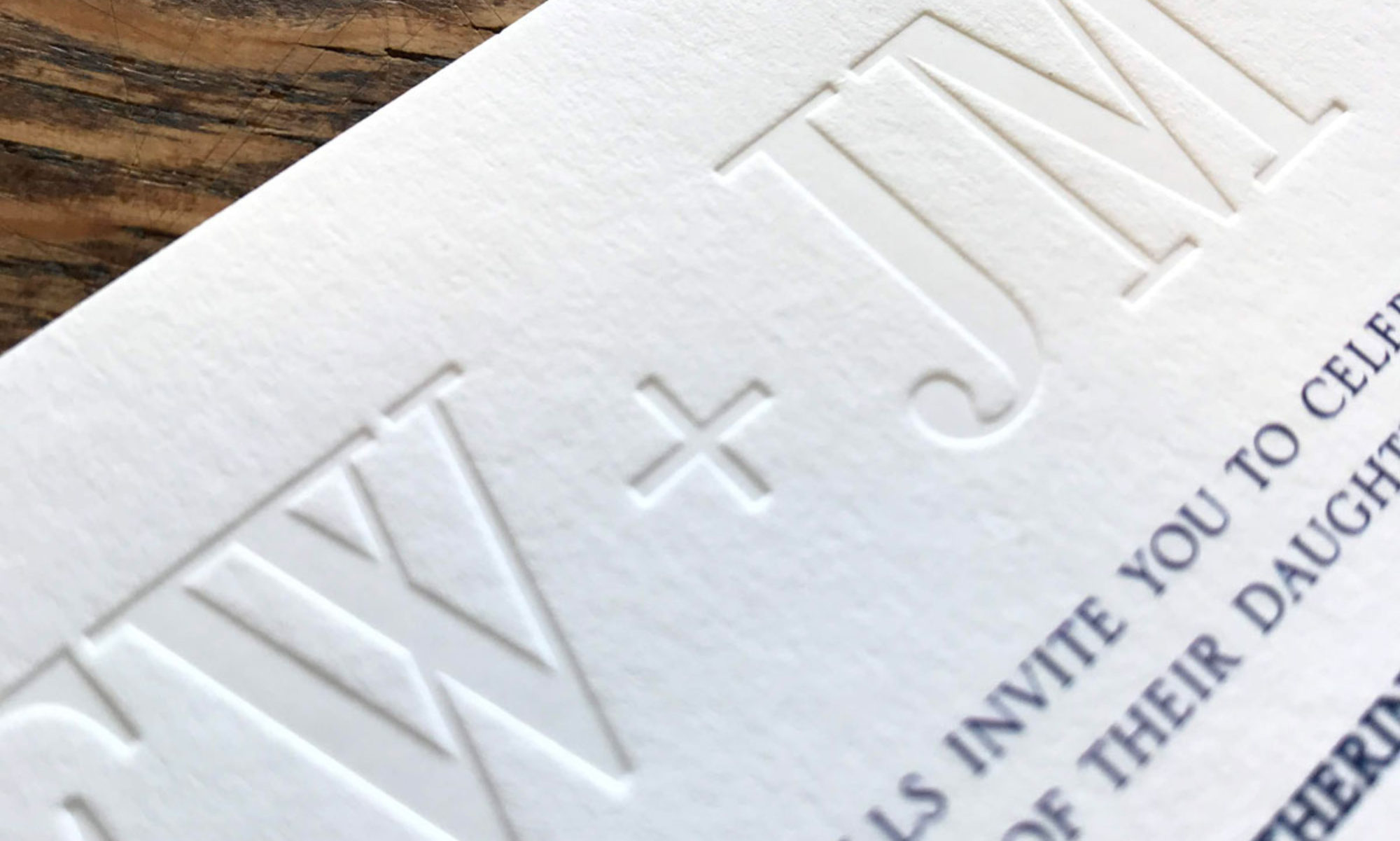Several months ago I was invited to an event at the St. Bride Foundation in London. Situated behind St. Bride Church at the bottom of Fleet Street this foundation was established in 1891 to provide a social, cultural and recreational centre for London’s Fleet Street and its enlarging print and publishing trade.
Although the Printing School moved to south of the River Thames many years ago much of the original equipment remains on site and is now used for demonstration purposes.
Amongst the old presses was an Original Heidelberg 10×15″ Letterpress Platen printing press. It was interesting to note that this trusty workhorse of the printing industry is now residing in a museum whereas ours is in pretty much daily use!
Capable of multicolour work, die-cutting and hot foil blocking these simple yet powerful presses had the nickname ‘windmill’ due to their paper feed system using two rotating arms. Maximum speed of 5,000 impressions per hour had these presses producing stationery and leaflets for over fifty years.
Sometimes today only the Heidelberg Windmill is the only press for the job!
Our Original Heidelberg 10×15″ Platen, Letterpress Printing Press…





